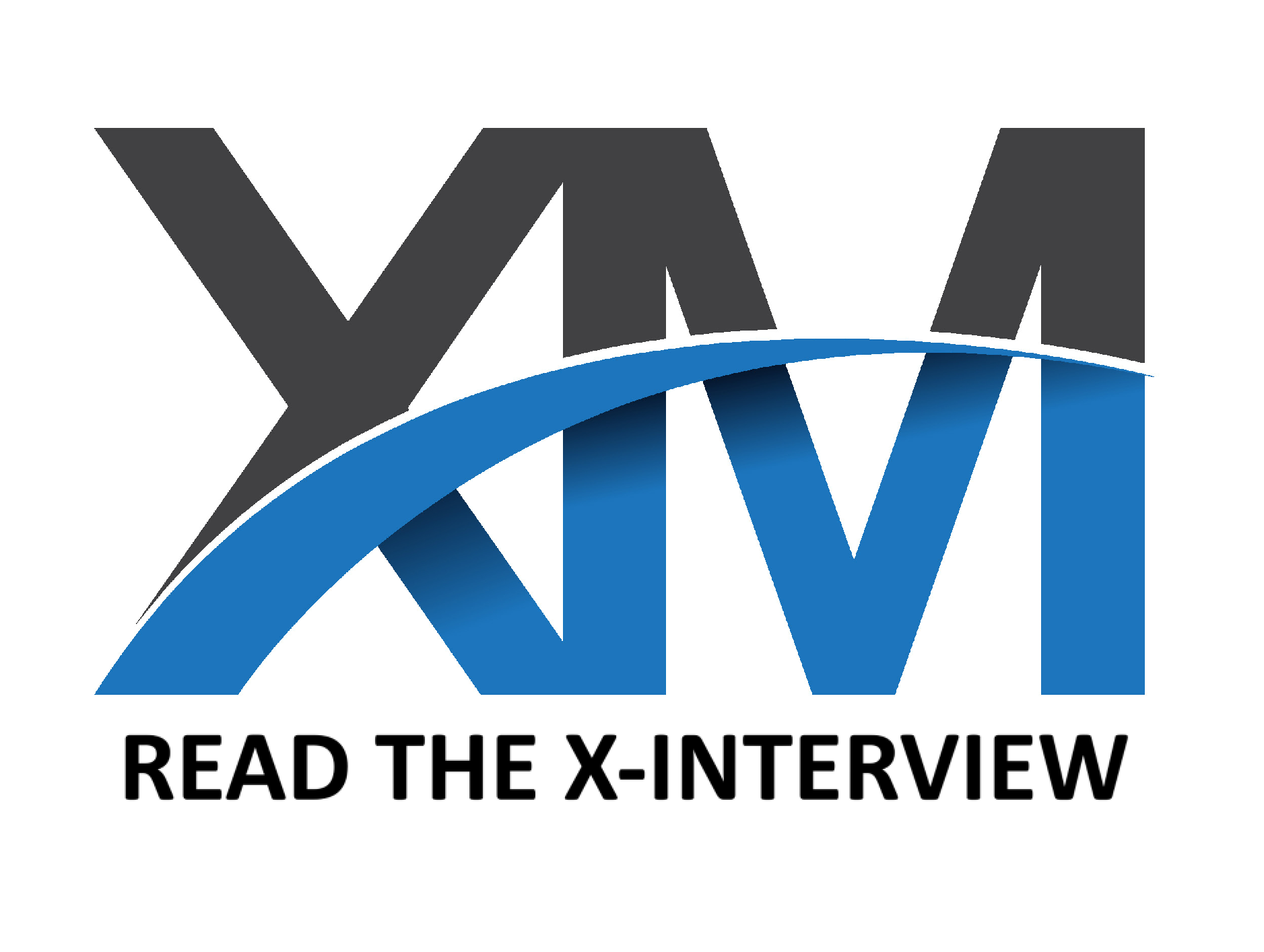Journey Maps & Orchestration
Graham Hill (AKA “Dr. G”) has led transformative business projects across sectors including telecoms, financial services, automotive, and aviation.
As the founder of Janus SPV, he has driven complex business transformation initiatives for high-profile clients such as Toyota, Vodafone, PayPal, and Lufthansa.
Graham's expertise in customer experience and marketing operations drives innovation in service design, CRM, and customer loyalty.
He has held senior consultancy roles with top firms like PwC and KPMG.
“ The big lie.”
The challenge that I see, which was the highlight of the ‘BIG LIE’ of Journey mapping article, was if you look at what real customers really do to get their jobs done and to go on their journeys, there are many, many thousands of different journeys.
And so, if there are thousands of journeys out there, we see those journeys falling in a long tail distribution, so there's maybe a few 100 doing the same journey.
And at the other extreme, there are individuals doing unique journeys that nobody else is doing.
So, if you go to map journeys, we know for a fact, they can't be representative.
We also know that many journeys are in fact, I would argue that most journeys down by corporates, are not drawn with any customer involvement whatsoever.
They are drawn up by management and frontline staff and are often people who aren't in frontline staff. It’s sort of theoretical, the spectrum of what goes on in the world, because it's always linear and it's always simplistic.
If you're going to develop your experience around those simplistic and representative journeys, you're developing a business on a lie.
And I think we can do better, and we should do better. We can use general analytics. We can use other tools to augment those journey maps with data and we can recognize that they're not linear.
“ journey analytics.”
Rather than trying to map everything in extreme detail, I take a modular, object-oriented approach, which aligns more with journey analytics than traditional journey mapping.
What this means is that each interaction has likely predecessors and successors. The goal is to create the most valuable interaction by integrating resources and guiding it toward the final interaction where the job gets done and the desired outcome is achieved.
It's a more modular, object-oriented approach. When building journeys or using orchestration tools, you’re connecting interactions in real time, based on what comes next, instead of following a rigid, predefined journey.
What you're doing is knitting together in real time. Yarn is based on the next leg, the next allowable interaction from where you are today.
“ a map is a static, simplified version of reality.”
One enormous difference between journey mapping and journey analytics and journey orchestration, and that is a map is a static, simplified version of reality.
Journey orchestration, integrated with journey analytics, allows us to see where you are, where you've been, and, based on others like you, where you're likely to go next.
Journey orchestration lets us provide real-time nudges using behavioral science to keep you moving forward or offer help if you're stuck.
Journey maps are static and oversimplified, but with journey analytics and orchestration tools, we can manage customer interactions in real time to ensure both sides create value.
Without these tools, a map is just a picture.


